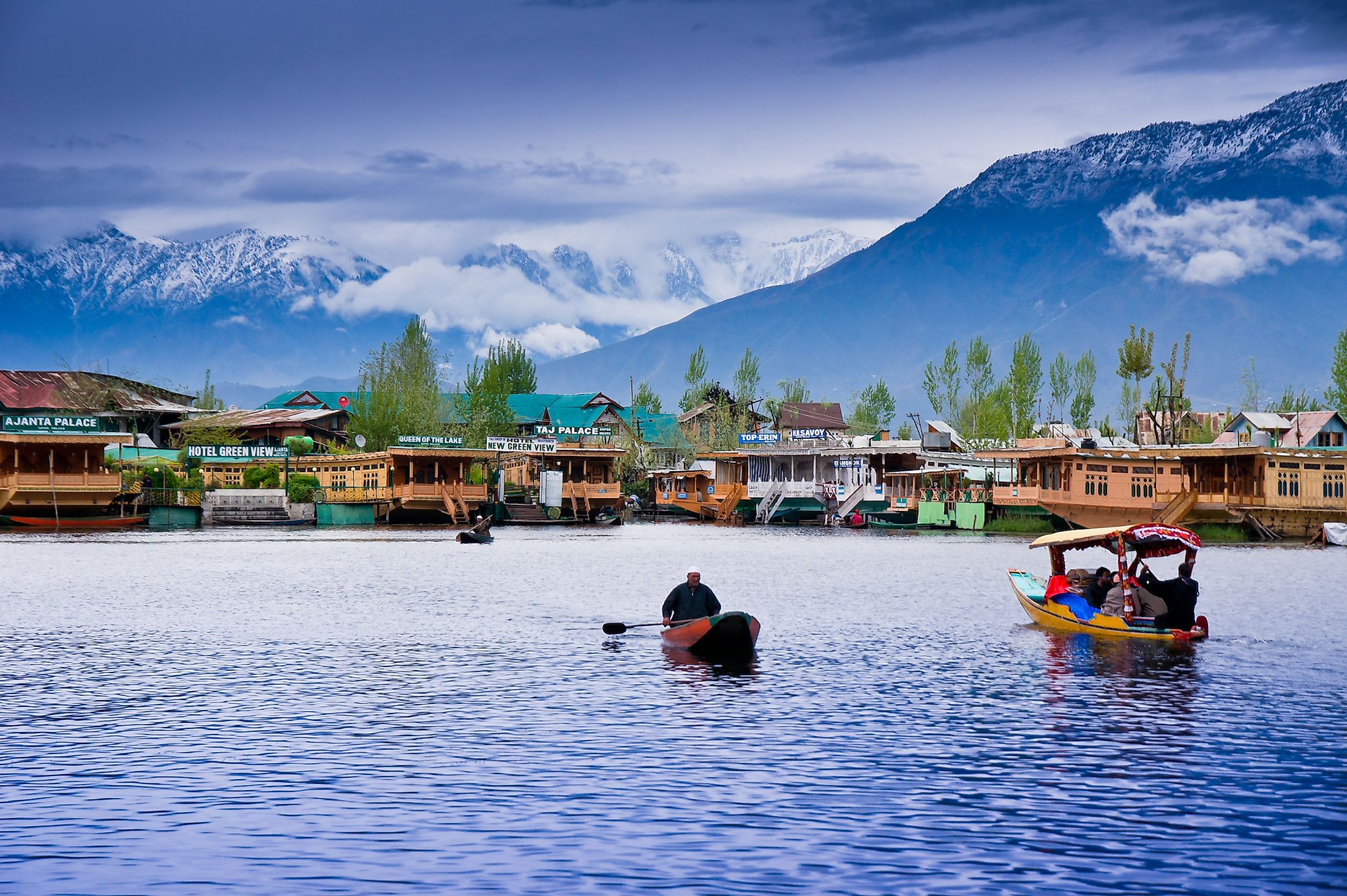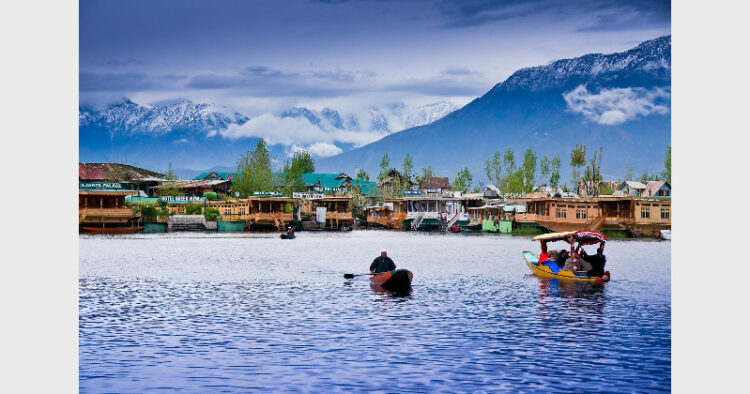
-Ashwani Kumar Chrungoo
The modern history over the last two centuries holds to its chest a number of dates that have assumed a great importance in the historical flow of events. Some of these dates are recognised as watershed moments while some have assumed their importance as pivotal mile stones. In connection with the erstwhile state of Jammu and Kashmir, the most important event that brought Kashmir within the fold of India, afresh, politically and administratively, after the medieval Mughal rule, was in the beginning of the 19th century.
It was on 3rd July 1819 that Jabar Khan, the Governor of the Durrani Empire of Afghans in Kashmir lost the battle against the Sikh forces in Shopian hills and thus Kashmir was brought under the direct rule and control of Maharaja Ranjeet Singh, the emperor of Lahore state. Thus the first Sikh Governor of Kashmir was Dewan Moti Ram and Pt. Birbal Dhar was appointed his Chief Advisor & Peshkar.
Consequent upon the death of Maharaja Ranjeet Singh in 1839, the Britishers unleashed a series of conspiracies against the Lahore state. It ultimately broke into the first Anglo-Sikh war during the year 1845-1846. The Sikhs were defeated & thereby the Treaty of Lahore was signed between the British and the Sikhs. This treaty was followed by one more treaty called the Treaty of Amritsar.
The Treaty of Amritsar was signed on March 16, 1846. This treaty between the British Government on one part and Raja Gulab Singh of Jammu (one of the important generals of Lahore State) on the other laid foundations of Dogra rule in Jammu and Kashmir. It concluded on the part of the British Government by Frederick Currie, Esq. and Brevet-Major Henry Montgomery Lawrence, acting under the orders of the Rt. Hon. Sir Henry Hardinge, G.C.B., one of her Britannic Majesty’s Privy Council, Governor-General of the possessions of the East India Company and by Maharajah Gulab Singh in person. It founded the then state of Jammu and Kashmir under the overall suzerainty of the British Parliament. Maharaja Gulab Singh hence paid the amount of Rupees seventy five lakhs as the amount of indemnity of war to the Britishers as per the Treaty that Sikhs were supposed to pay in accordance with the Treaty of Lahore.
12 November 1930 assumes importance because it was on this day that the first Round Table Conference was convened and initiated in London in which the Maharaja of Jammu and Kashmir, Hari Singh represented the Association of the Princely Ruled states of India. During this conference, he advocated the independence of India and also said that after the departure of the Britishers from India, the Indians would themselves decide about the future plan of action. This annoyed Britishers and July upheaval in 1931 in the valley was thus one of the offshoots of the impact of the first RTC held in the British capital.
Ist August 1947 is important historically and politically because it was on this day that the lease deed, that gave control of the region of Gilgit to the Britishers for 60 years in 1935, was cancelled by the Maharaja of J&K. The Dogra kingdom was effectively again in charge of the region which appointed Brig. Ghansara Singh as its Governor in the province of Gilgit.
Due to the armed aggression of Pakistan in September-October 1947, immediately after the independence from the Britishers, Maharaja Hari Singh signed the Instrument of Accession with the Union of India on 26th October 1947. It came to be recognised as the “Vilai-Divas” (the Day of Accession) and reincarnated the soul of 3rd July 1819.
From 1947 to 1957, J&K was virtually ruled by Decree and there was no constitution and the applicability of the Indian constitution was also very limited. The Constitution of Jammu and Kashmir which established the framework for the state government of the Indian state of Jammu and Kashmir was adopted on 17 November 1956, and came into effect on 26 January 1957. With this was initiated a separate political identity with the constitutional support leading to political and constitutional separatism.
On the basis of an agreement signed between Indira Gandhi and Sheikh Mohammed Abdullah on 13 November 1974, the Sheikh assumed the office of Chief Ministership of Jammu and Kashmir on 25th February 1975. With this got initiated a deep rooted conspiracy to lead J&K into the political mayhem and upheaval afresh which ultimately resulted in the indoctrination and radicalisation of the Kashmir society. What happened thereafter is history.
On 19th January 1990, Kashmiri Pandits -the indigenous people of Kashmir, were shown the road of exodus in Kashmir due to the spread of terrorism and selective killings. This day was later recognised as the “Holocaust Day” by the displaced Kashmiri Pandit community thereby the issue of ethnic cleansing was brought on the world platform by the exiled community.
The Parliament of India adopted a unanimous resolution on Jammu and Kashmir on 22 February 1994 thereby enunciating that the entire state of Jammu & Kashmir (& Ladakh) have been, are and shall be an integral part of India. It also said that Pakistan must vacate the areas of the Indian State of Jammu and Kashmir, which they have occupied through aggression.
While all the above mentioned dates are undoubtedly important milestones, but August 5th, 2019 is the watershed moment in the political history of India and especially of the erstwhile Jammu and Kashmir state (now UTs of J&K and Ladakh). It reverses the line of politics in and around Jammu and Kashmir and has the potential to undo the wrongs done during the last one century. The outstanding performance of the parliament in this regard with the support of the 3/4th majority in Lok Sabha and 2/3rd majority in Rajya Sabha, across party lines, is simply unprecedented and unparalleled.
The happenings of August 5th 2019, putting an end to the applicability of Article 370, abolition of 35A, dissolution of the separate constitution of Jammu & Kashmir and bifurcation of J&K into two Union Territories, are a complete reversal of the political blackmail legacy of the last seven decades. It has opened the showers of human rights, fundamental rights and equal rights for all irrespective of caste, creed, gender and social or political background in the two Union Territories carved out on this date.
Truly, it reflected the political will and determination of the central government in the most unambiguous manner in relation to J&K. It brought all Indians at par with the citizens of Jammu & Kashmir and Ladakh. This bold and long pending step undertaken by the government led by the PM Narendra Modi and guided by the Home Minister Amit Shah is not only historical and path-breaking but is also tantamount to realisation of the promise that fathers of the Indian Constitution gave to the Constituent Assembly. They had promised that the Article 370 was a transitory and temporary provision which will go away with the passage of time. The Modi government with a thumping vote translated their spoken words into action on the ground.
This watershed moment paved way for reshaping and reconstructing the Legislative Assembly of Jammu and Kashmir by raising its strength and opening new vistas for the unrepresented sections of society to get their due through Delimitation process. It gave virtual freedom to the people of Ladakh to chose their future under the constitution of India and leadership of the central government. It also took away the opportunities of majoritarianism, political blackmail and double-talk in public life.
Thus, for the people of Jammu and Kashmir, a new dawn emerged out of the sheer darkness of the past follies and failures. The action of 5th August 2019 recreated a fender against the political felony. It is a guarantee to rebuild Jammu and Kashmir with the guiding doctrine of ‘Sab ka saath, sab ka vikas, sab ka vishwas’…..!














Comments